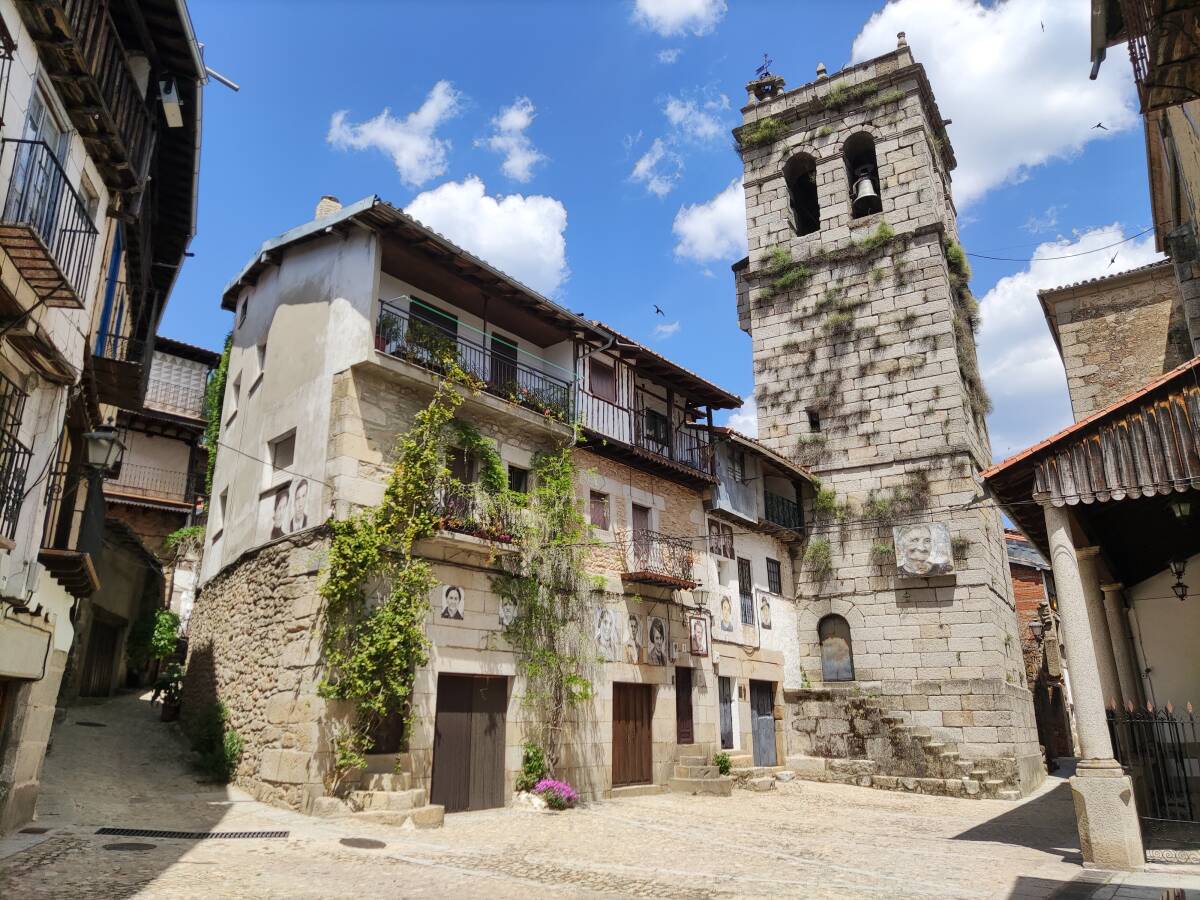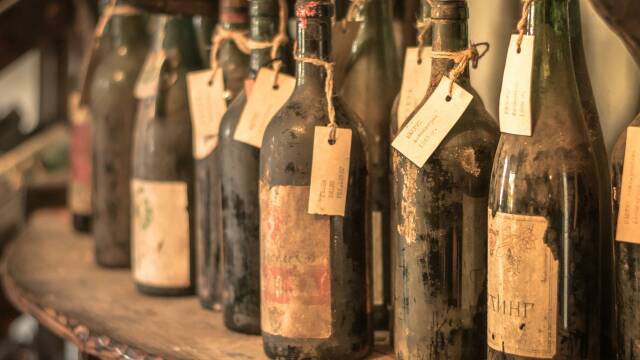The finest wines in the D.O. today also offer interesting nuances of wild herbs that turn Rufete wine into a kind of rustic wine. I understand this rusticity as a positive argument that takes us back to the rural and herbal essence of the environment, rich and varied as far as its plant population is concerned.
Although there are only 11 wineries, Sierra de Salamanca has doubled the number of winemakers in just a few years, which gives us an idea of the sweet moment that this young PDO, which was born in 2010, is going through. Of all the projects being developed there, there are two that have given a special boost to the area in recent years. We are talking about Cámbrico and Vinos la Zorra, wineries that bring us closer to the genius of the red rufete, but now also to the white rufete, a grape about which we still know very little and which has recently been incorporated into the DO, after finding out that it was found in its vineyard mixed with its red varieties and that it was not the white verdejo grape as initially thought.
Rufete blanca, opening the doors to the production of new wine profiles
In the last edition of the Guide we reported on a wine that opened up great possibilities for the area, the white rufete. It was through Viñas del Cámbrico Rufete Blanca 2019, one of the nominees for revelation wine of the year. Rufete was once, along with Calabrese (local clone of Garnacha) and Aragonese (local clone of Tempranillo), one of the most widely planted red grapes in the area, and Rufete Blanca was one of the most widely planted white grapes until phylloxera, when it began to be discontinued due to its low production. The most striking feature of this variety is its thick skin and good acidity, which translates into wines with greater weight on the palate and a freshness that will presumably allow it to age well. This was the first year we have been able to taste it under the protective seal of the Sierra de Salamanca DO, but the examples tasted do not yet have the same sensory interpretation. We have been able to see notes of white flowers and also that acidity we mentioned earlier. However, new olfactory registers have also appeared, such as aniseed notes and wild herbs, which makes us still doubt about the true character and varietal profile of this singular grape.

Rarely have we seen such a rapid rise of a producing region as this one. Perhaps the clearest example of this is the Cebreros PDO, which we recently told you about. Both regions owe their soils to the origins of the Central System Mountain range, although they are different foothills. The most striking thing about Sierra de Salamanca compared to Cebreros is that its closer proximity to the Atlantic Ocean means that they have an average rainfall of over 1000 mm. The Sierra de Francia makes the prevailing climate in the area sub-humid Mediterranean, as it retains the clouds over its vineyards, as opposed to the continental Mediterranean climate that we can find in Cebreros.
The coming years will be frankly interesting in this small wine-producing corner, where the singularity of the environment only gives rise to the emergence of small producers. It is an opportunity to fight against the abandonment of the villages, very marked in the autonomous region of Castilla y León and especially in the province of Salamanca.

 Log in
Log in









